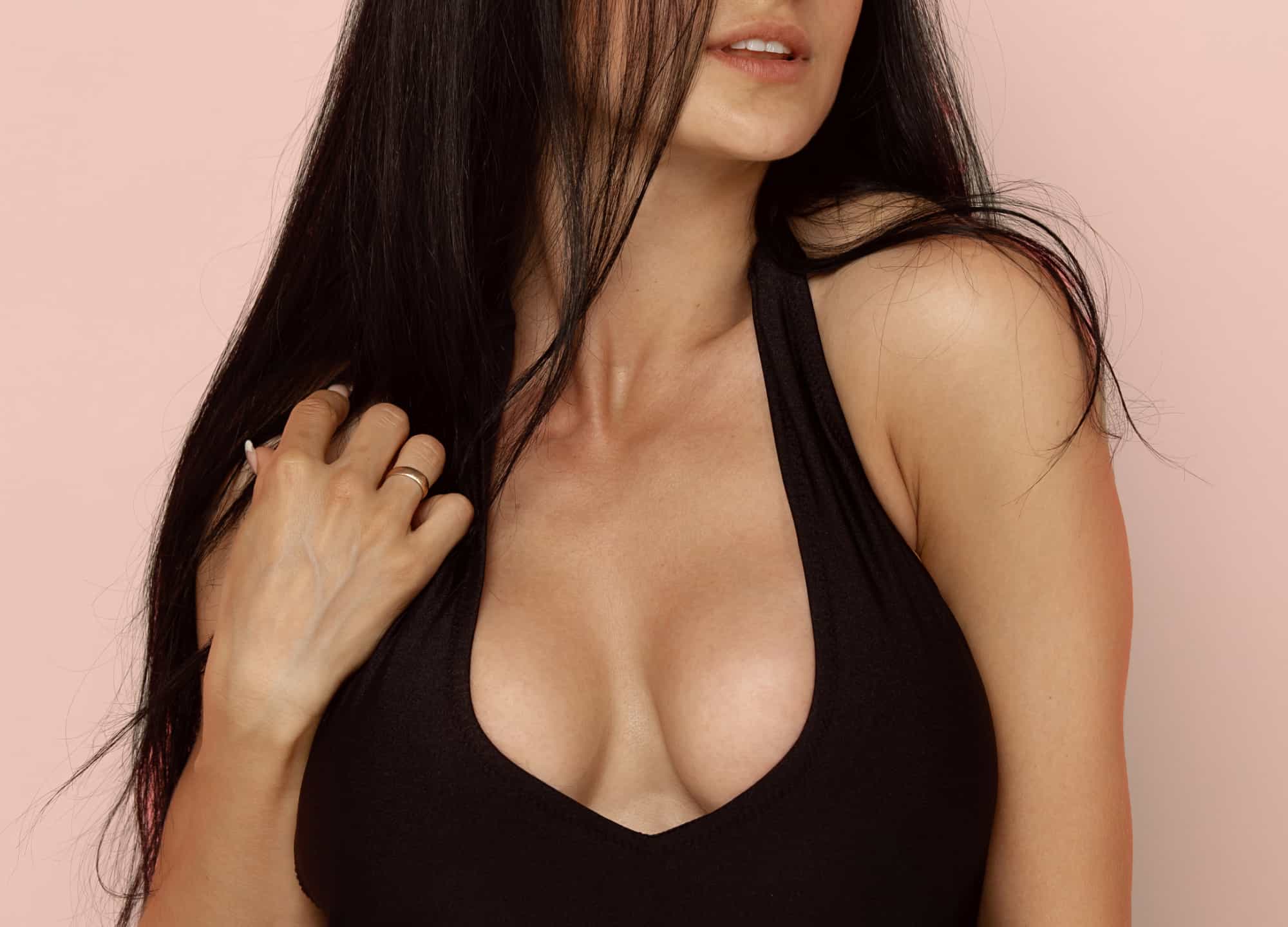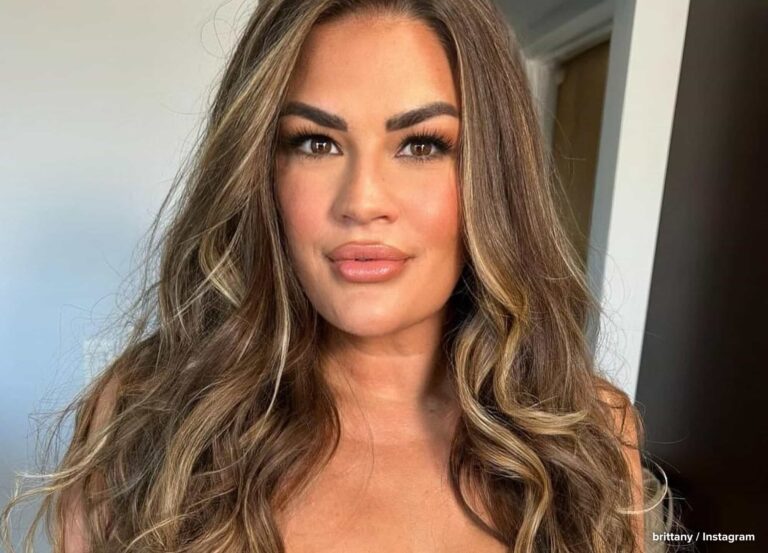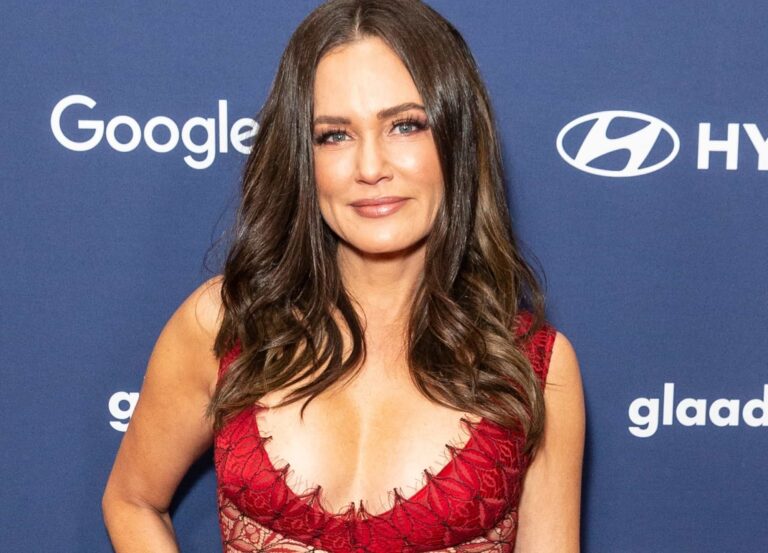Featured Experts
Dr. Dhivya Srinivasa, a board-certified plastic surgeon in Thousand Oaks, California
Dr. Evan Garfein, a board-certified plastic surgeon in New York City
Dr. Kaveh Alizadeh, a board-certified plastic surgeon in Jericho, New York
Size is the first thing that comes to mind when talking about breast surgery. But it’s not the only factor at play. Going under the knife can also, or alternatively, alter breast shape. “One of the biggest attributes of aesthetic breast surgery is the ability to reshape the breast,” says Dr. Dhivya Srinivasa, a board-certified plastic surgeon in Thousand Oaks, California. Shape changes are also almost always universally beneficial. “Women who have an anatomically perfect shape that they’re happy with and only want to go bigger are in the vast minority,” says New York City board-certified plastic surgeon Dr. Evan Garfein. “Ninety-five percent of patients need some type of shape change—and that can be achieved via an augmentation, a lift, an augmentation and a lift, or a reduction.”
Here, more on how these surgeries can be used to change different breast shapes.
Breast implants
“Implants are used for volume and can really only make mild to modest changes in shape,” explains Dr. Srinivasa. That being said, it is possible. It’s worth noting that while implants do come in shapes other than round, these are typically textured; textured implants have largely fallen out of favor due to a link between them and a rare form of cancer, she says. Point being, the vast majority of implants used these days are round—and breasts naturally have more of a teardrop shape.
However, breasts that are considered most aesthetically pleasing always have more fullness in the upper pole (aka the top). It’s also what most augmentation patients want—more cleavage and fullness in the middle and top, notes Dr. Kaveh Alizadeh, a board-certified plastic surgeon in Jericho, New York. So long as your breast isn’t particularly saggy, a round implant can provide this, creating width on the bottom that, in turn, makes the upper pole look fuller.
It’s important to keep in mind that breast shape is the result of not only volume but also the width of your chest wall and projection, points out Dr. Srinivasa. As far as implants go, this means that it’s not only the cc number to consider but also the profile and width. A wider, low-profile implant is going to yield a different shape from that of a high-profile implant with a narrower footprint, notes Dr. Garfein. But the key thing to remember here: “An implant is always going to change the size of your breast,” he says.
Breast lift
What if you want to change your breast shape but not the size? Enter the beauty of the breast lift. “A mastopexy is a very powerful technique, with or without an implant. It’s always going to change the shape,” says Dr. Garfein, adding that it’s ideal for those whose breasts are drooping or sagging and who want to regain a teardrop appearance. “It’s my go-to because you can change the geometry and architecture of the entire breast. You can manipulate the skin, breast tissue, and surrounding fat,” Dr. Alizadeh says. As far as whether an implant is also needed, that’s a case-by-case call. Those who have also lost volume–whether due to breastfeeding or weight loss—may want to add an implant to regain some fullness, says Dr. Srinivasa. But only adding an implant to a sagging breast isn’t sufficient because the volume will end up in the wrong place, she adds.
Breast reduction
Contrary to popular belief, a reduction doesn’t just make your breasts smaller; it changes their shape too. That’s because a lift is always a part of a reduction. You’re repositioning the nipple and creating more projection while removing excess breast tissue at the same time, Dr. Srinivasa explains. She uses the analogy of throw pillows to create a visual. Picture having a 24-by-24-inch pillow that you’re trying to stuff into an 18-by-18-inch pillowcase. You may be able to stuff it in, but the shape will be off and it won’t look good. With a breast reduction, you’re removing the excess from that “pillow,” bringing it down to the same size of the pillowcase so that you end up with a shape that’s not only smaller but also more uniform, she says.
Fat grafting
While not the best option for major shape changes, for minor tweaks—and/or paired with some of these other options—fat transfer is an effective supplement. “The issues with fat grafting are that you can’t really achieve a ton of volume and that it’s unpredictable because you don’t know how much fat is going to take and survive. But it’s good for minor, modest changes, such as filling in little divots or adding small amounts of volume in particular areas,” says Dr. Srinivasa. She adds that she often relies on this technique to perfect the results of a lift or reduction and make small tweaks to the overall appearance of the breasts.
Dr. Alizadeh agrees. Fat grafting is like using a small brush to make the final touches after painting an entire canvas, he says. He also points out that it’s particularly effective for addressing asymmetry because you can add different amounts of fat to each breast. “Yes, you could put in two different-size implants, but those implants come in preset sizes—and fat grafting can be even more customized,” he explains. It’s a good choice for younger patients as well. Gravity and pregnancy most often haven’t yet caused any major shape changes, and these women usually want to add just a bit of fullness to the inner and upper parts of the breast, without scars, he says.











